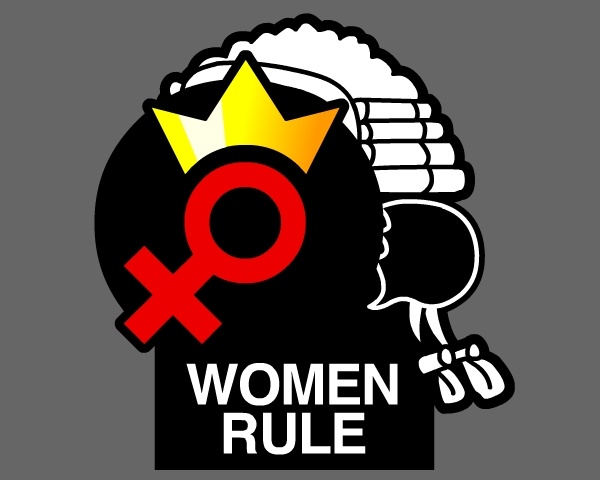
Chances are, you’ll have heard of the word “feminist” or “feminism” some time in your life, and either you’d have sussed out the meaning yourself or someone would have told you – either way, feminism, in essence, is a movement that seeks to establish gender equality. It is NOT, as is the usual misconception, a movement that is anti-men in nature and is motivated to have men be the underclass of women, or enslave them to women, or *insert other wild misconception here*. What most people who think of feminism as anti-men don’t realize is that feminism is not trying to bring men down – rather, it is trying to empower women and have them on a platform of equal standing with men.
But this is not to say that feminism wants to make women more like men. This is not something that we wish to establish. Feminism isn’t about being a tomboy, it isn’t about being anti-feminine, it isn’t about trying to copy men. True feminism acknowledges that, yes, the two sexes of male and female do have their own unique features and differences, like men having inherently better physical strength. We are not denying the existence of such biological differences, neither are we trying to prove that they don’t exist or want to abolish them.
What we are aiming for is for women to be respected, and regarded as highly as men. To put it bluntly, we are anti-patriarchy, rather than anti-men. The patriarchy is something that we do want to abolish, as it has negative effects on both men and women. But, at the same time, we are NOT trying to establish a matriarchy – as stated above, the focus of feminism is to establish gender equality.
One of the most common criticisms that feminism receives is that it is no longer needed – the first wave of feminism (namely the earliest one that addressed issues of female suffrage and sought to allow women into the workforce, accord them the right to participate in elections and obtain an education) has already achieved equality in a particular way, in the sense that now both boys and girls can go to school, and both men and women are allowed to work. So everybody’s happy now, right?
Wrong.
We live in a world that is predominantly patriarchal, and this patriarchy exists everywhere – not only in the countries in the Global South, as people tend to believe, but also in the Western countries or the Global North. Our opinions on the roles of men and women and what kind of behaviour is considered “appropriate” for them is very much shaped by our traditional views, views that, despite rapid modernisation, persist and exist in societies everywhere.
Feminism is still very much needed, and very much relevant – the goals may change, but the movement is not yet ready to stop.
The issues that feminism addresses are, indeed, mostly related to women, although some feminists also take part in defending men’s rights, particularly the rights of transgendered men – but this does not change the true motive of feminism. Many people forget that the world they live in is still dominated by men, and that society still gives men their male privileges, which are subtle and easily overlooked by society, but they do exist, and they do have profound effects on the fight to establish gender equality. For example – have you ever wondered why people seem to naturally assume that a male makes a better leader? This is just one of the several privileges that males are automatically given, simple because they are male.
That being said, part of the main objective is to cultivate and integrate the concept of mutual respect, gender co-dominance rather than one clear dominant gender in the world. Ultimately, the goal is to shape a world where respect is not mutually exclusive to only one gender, but accorded fairly, based on a person’s achievements as an individual.
Part II will discuss the major issues that feminism is concerned with, and why these issues must be addressed. Until then, I hope Part I has clearly explained to you the true nature of feminism, and dispelled the myths usually mistaken for real feminism.


do not let hate make you stop this wonderful work… it was very clear, i loved reading it
> particularly the rights of transgendered men
Are you joking? “transgendered men''? If a male is stupid enough to mutilate his body for the sake of becoming more feminine, they're clearly confused and should hardly be considered a man. Perhaps they was looking toward a confused and misguided female for leadership when they made that decision.
Get back in the kitchen.